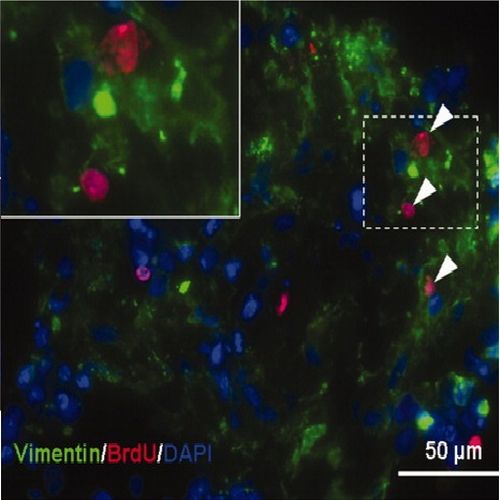Isolation of neural crest derived chromaffin progenitors from adult adrenal medulla.
Chromaffin cells of the adrenal medulla are neural crest-derived cells of the sympathoadrenal lineage. Unlike the closely-related sympathetic neurons, a subpopulation of proliferation-competent cells exists even in the adult. Here, we describe the isolation, expansion, and in vitro characterization of proliferation-competent progenitor cells from the bovine adrenal medulla. Similar to neurospheres, these cells, when prevented from adherence to the culture dish, grew in spheres, which we named chromospheres. These chromospheres were devoid of mRNA specific for smooth muscle cells (MYH11) or endothelial cells (PECAM1). During sphere formation, markers for differentiated chromaffin cells, such as phenylethanolamine-N-methyl transferase, were downregulated while neural progenitor markers nestin, vimentin, musashi 1, and nerve growth factor receptor, as well as markers of neural crest progenitor cells such as Sox1 and Sox9, were upregulated. Clonal analysis and bromo-2'-deoxyuridine-incorporation analysis demonstrated the self-renewing capacity of chromosphere cells. Differentiation protocols using NGF and BMP4 or dexamethasone induced neuronal or endocrine differentiation, respectively. Electrophysiological analyses of neural cells derived from chromospheres revealed functional properties of mature nerve cells, such as tetrodotoxin-sensitive sodium channels and action potentials. Our study provides evidence that proliferation and differentiation competent chromaffin progenitor cells can be isolated from adult adrenal medulla and that these cells might harbor the potential for the treatment of neurodegenerative diseases, such as Parkinson's disease.

- Stem Cells 2009 Oct;27(10):2602-13
- 2009
- Neurobiology
- 19609938
- PubMed
Enabled by:
